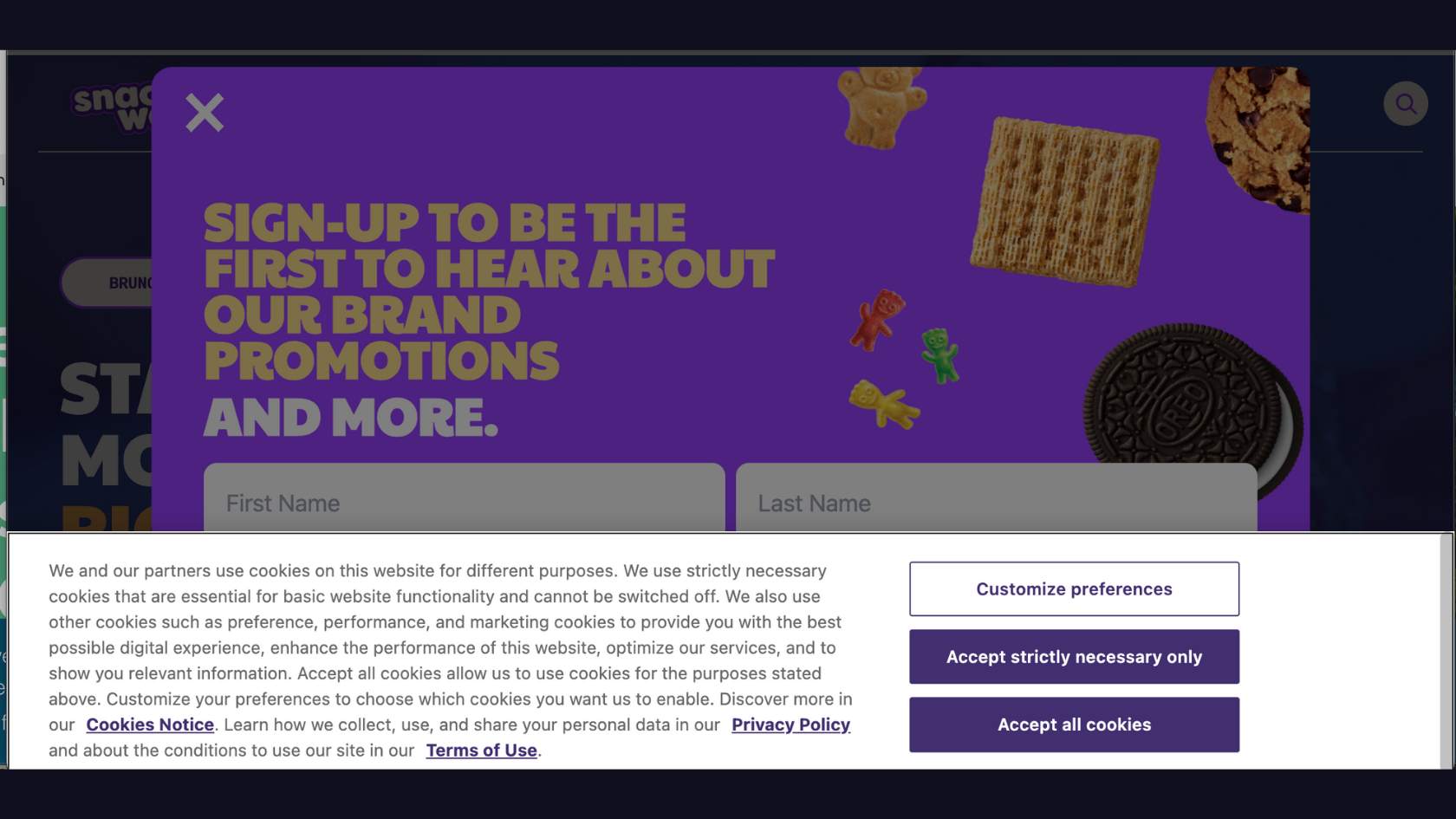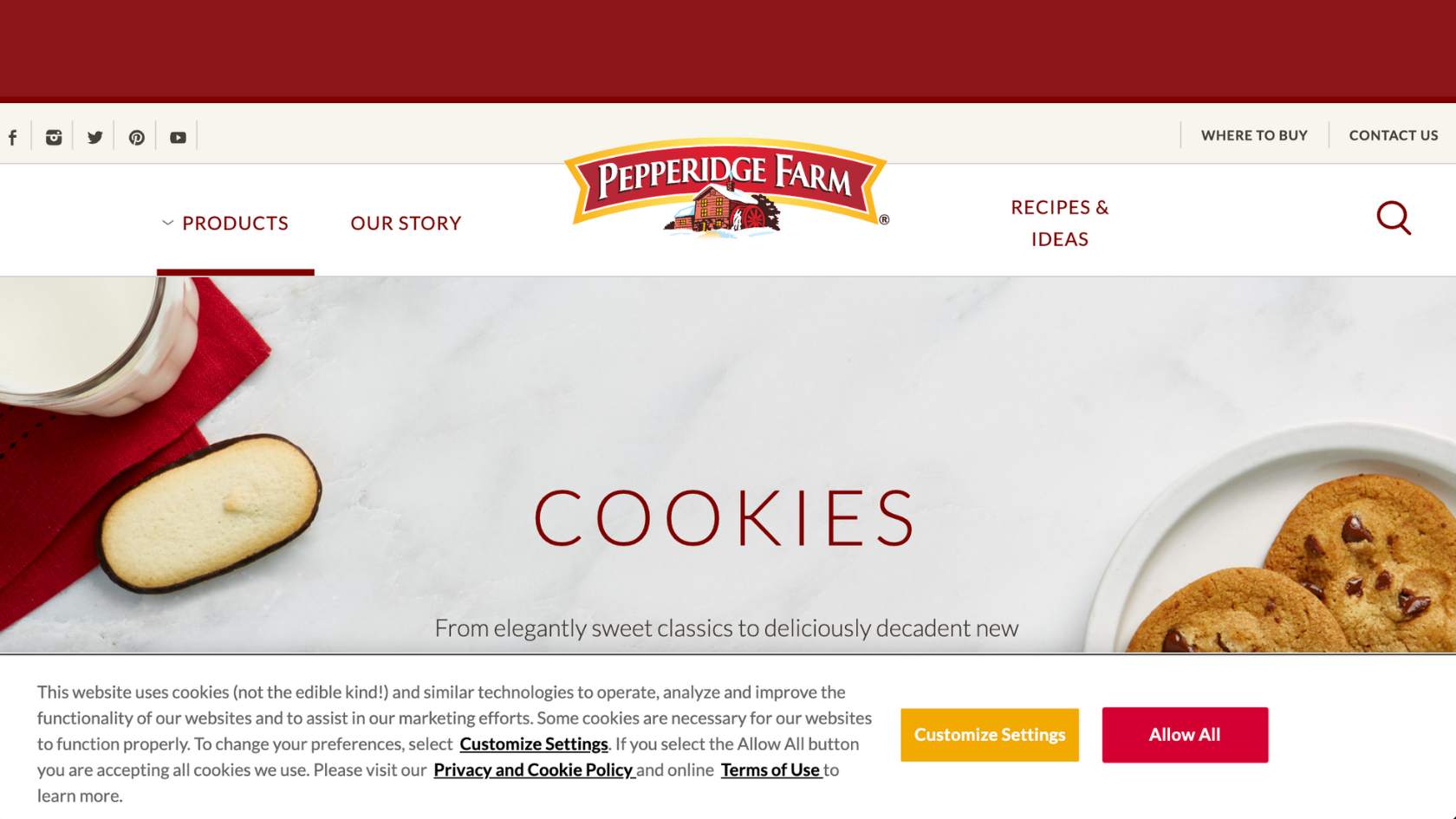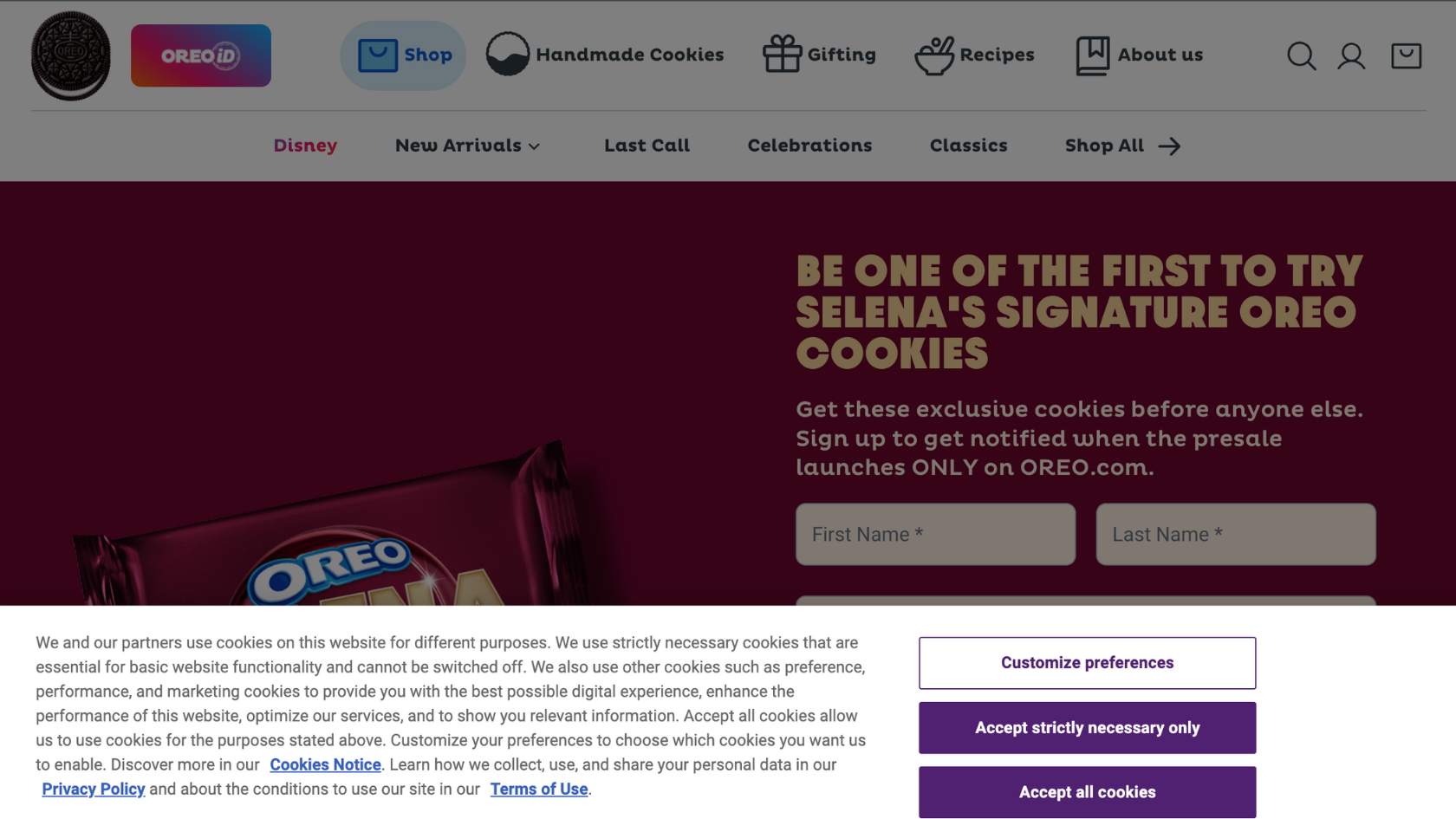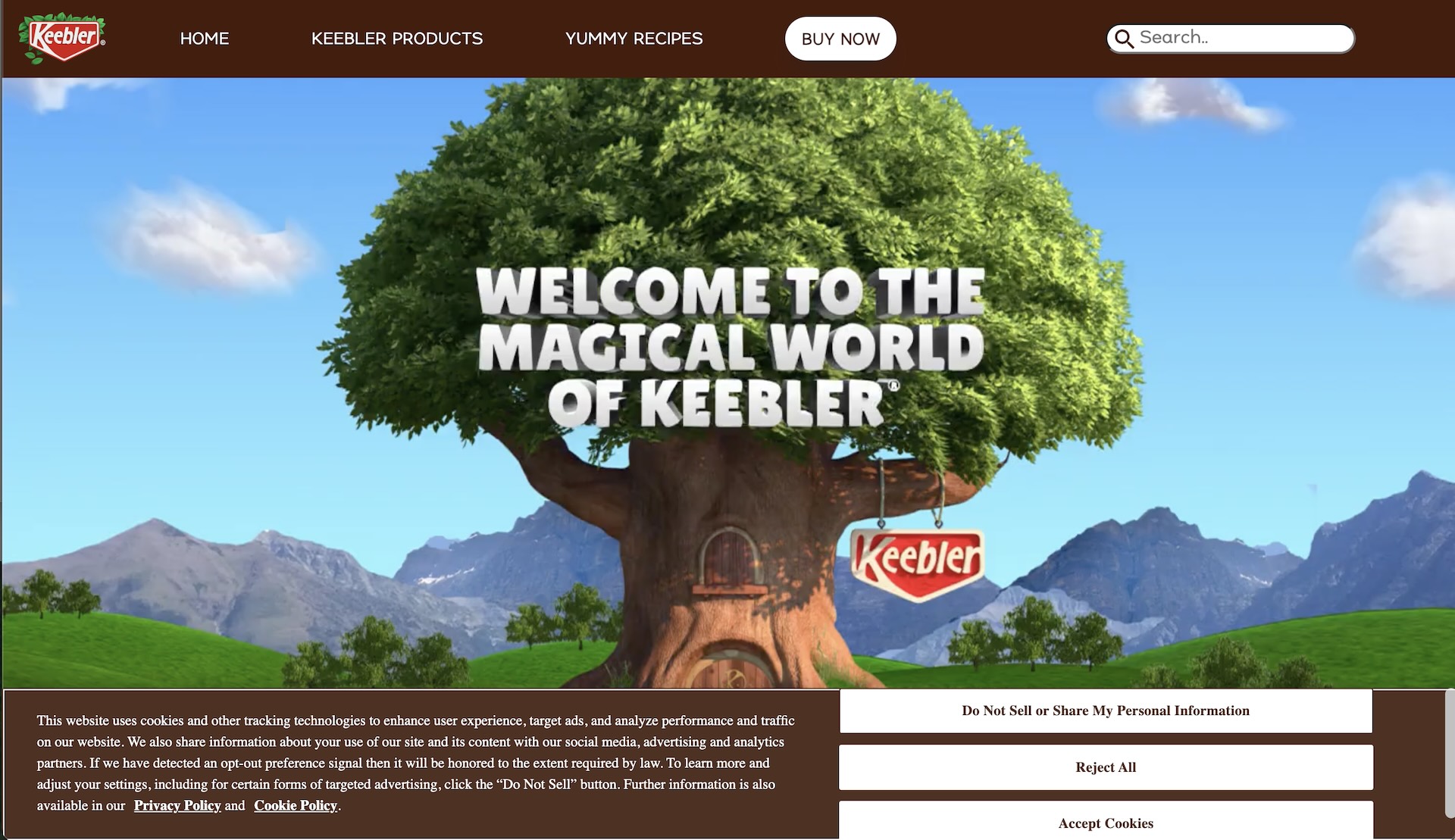Let’s be honest—cookie banners don’t exactly spark joy. Most of us click “Accept All” just to get them out of the way. But behind that little box is a surprisingly important part of your website's infrastructure, especially if you're in government, the military, or any organization dealing with compliance, trust, and public accountability.

The Cookie Consent Banner: Necessary Nuisance or User-Friendly Feature?
If you’re a program manager, content strategist, or technical lead working with websites, chances are you’ve asked yourself:
“Do we really need this cookie banner?”
Yes, you do. But it doesn’t have to be annoying. In fact, when implemented well, a cookie banner can enhance trust, simplify compliance, and improve your overall user experience.
What Is Cookie Consent?
Cookie consent refers to a user’s clear and informed decision to allow or reject cookies, small data files stored by websites on their browser. Cookies are used for a range of purposes, from keeping users logged in to tracking page views and serving targeted ads.
Depending on the type of cookie, some require consent (like advertising cookies), while others don’t (like strictly necessary session cookies for authentication).
What Is a Cookie Consent Banner?
A cookie consent banner is a visible message that appears when a user visits your site for the first time. It:
- Informs users about cookie usage
- Offers a choice to accept or reject cookies (often by category)
- Links to your full privacy or cookie policy
Why Do Cookie Banners Exist in the First Place?
Cookie consent banners are rooted in a simple but critical concept: informed consent. Regulations like GDPR, CCPA, and even federal guidance like OMB M-22-10 require that users understand what is being tracked on a website and have the ability to say no.
That’s where the banner comes in. It’s your digital handshake — your way of saying, “Here’s what we’re collecting and why. Are you okay with that?”
Think of it as your digital handshake: “Here’s what we’re collecting, and here’s how you can choose.”
The Problem: Banners Can Be... Annoying
Some cookie banners frustrate users more than they help. Maybe they cover half the screen. Maybe they’re stacked over a newsletter popup. Maybe they don’t even give a meaningful option to reject tracking cookies.
Example of What Not to Do: Banner Over Modal

Example of What Not to Do: Passive Consent Language

This banner tells users that continuing means acceptance but doesn’t provide a clear “Reject” option or category-based choices.
However with a playful “not the edible kind” disclaimer, Pepperidge Farm makes compliance feel human.
Bad banner design creates friction, undermines trust, and ironically, can even lead to non-compliance.
But here’s the thing: cookie banners don’t have to be annoying. In fact, when done right, they can improve the user experience and help users feel more in control of their data.
What a Good Cookie Banner Looks Like
Example of What to Do: Oreo’s Preference Center
This OneTrust-powered setup includes a full preference center with category-level control and clear decision buttons ideal for enterprise and multi-brand environments.

Example of What to Do: Keebler’s Straightforward Consent Design
Keebler’s cookie banner balances compliance and usability by giving equal visibility to all choices “Reject All,” “Accept Cookies,” and “Do Not Sell” without burying any option.

What to Avoid in Your Cookie Banner
Don’t Do This
- Stack popups and modals
- Use vague “By continuing” language
- Hide or minimize the Reject option
- Auto-set cookies before consent
- Omit link to privacy policy
Why It’s a Problem
- Creates confusion and frustration
- Fails informed consent requirements
- Often violates data privacy laws
- Can lead to compliance violations
- Prevents informed decision-making
What to Do Instead
Do This
- Provide clear options: Accept, Reject, Customize
- Use plain, direct language
- Match design to site branding
- Include a privacy/cookie policy link
- Honor user choices
Why It Works
- Supports both UX and legal requirements
- Improves user comprehension
- Feels less intrusive and more professional
- Builds trust and transparency
- Reinforces credibility and legal compliance
How Do I Add a Cookie Consent Banner?
If you’re using Concrete CMS, there are privacy tools and third-party integrations that make this simple. You can add a consent banner using an add-on:
Simple Cookie Banner
Price: $25
The one and only cookie banner add-on for Concrete CMS.
GDPR and Cookie
Price: Free
Complete GDPR and ePrivacy Directive toolbox: clean up data, control privacy settings, scan for personal data, handle data transfers, send breach notifications, and install a cookie bar.
Cookie Consent
Price: Free
Adds a cookie consent popup, allowing visitors to consent to third-party cookies and tracking scripts.
Active Cookie Consent
Price: $45
Easily embed tracking and marketing codes and make them GDPR-compliant. Gives users the option to accept or reject any cookies concerning privacy.
Final Thoughts: A Banner That Builds Trust
Cookie banners aren’t going away. But when implemented with care, they can do more than check a compliance box, they can demonstrate digital maturity, improve transparency, and build user trust.
If you treat your cookie banner as an extension of your user experience you’re already ahead of the game.